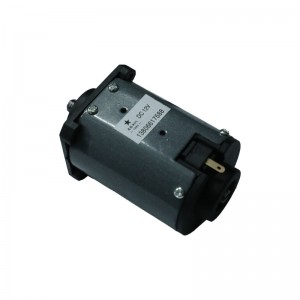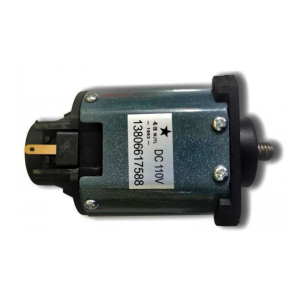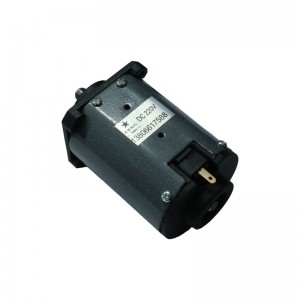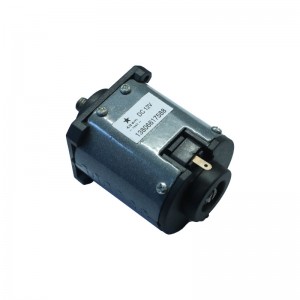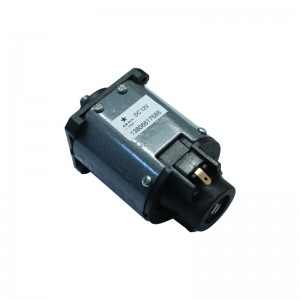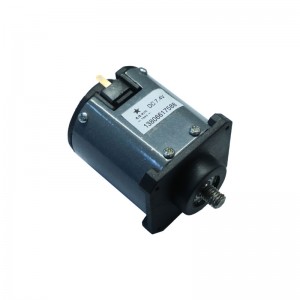Precision Servo DC Motor 46S/12V-8A1
Basic features of servo DC motor: (other models, performance can be customized)
| 1.Rated voltage: | DC 12V | 5.Rated speed: | ≥ 2600 rpm |
| 2.Operating voltage range: | DC 7.4V-13V | 6.Blocking current: | ≤2.5A |
| 3.Rated power: | 25W | 7.Load current: | ≥1A |
| 4.Rotation direction: | CW output shaft is above | 8.Shaft clearance: | ≤1.0mm |
Product appearance diagram

Expiration-time
Since the date of production, the safe use period of the product is 10 years, and the continuous working time is ≥ 2000 hours.
Product features
1.Compact, space-saving design;
2.Ball bearing structure;
3.Long service life of brush;
4.External access to brushes allows easy replacement to further extend motor life;
5.High starting torque;
6.Dynamic braking to stop faster;
7.Reversible rotation;
8.Simple two-wire connection;
9.Class F insulation, high temperature welding commutator.
10.With low noise and stable operation, it is especially suitable for occasions requiring high speed and low noise.
Applications
It is widely used in the fields of smart home, precision medical devices, automobile drive, consumer electronics products, massage and health care equipment, personal care tools, intelligent robot transmission, industrial automation, automatic mechanical equipment, digital products, etc.
Performance illustration
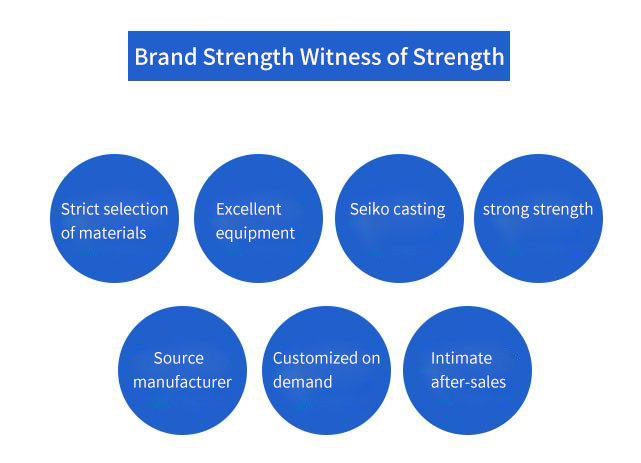
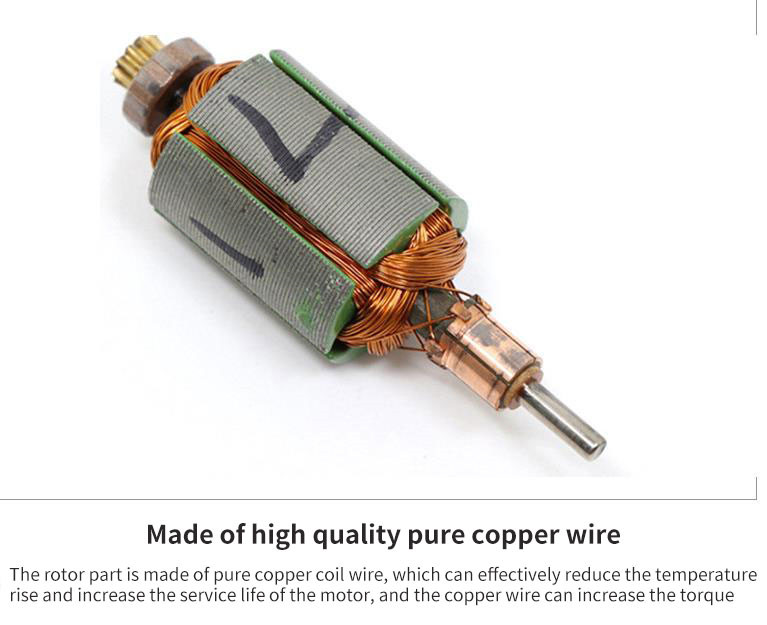
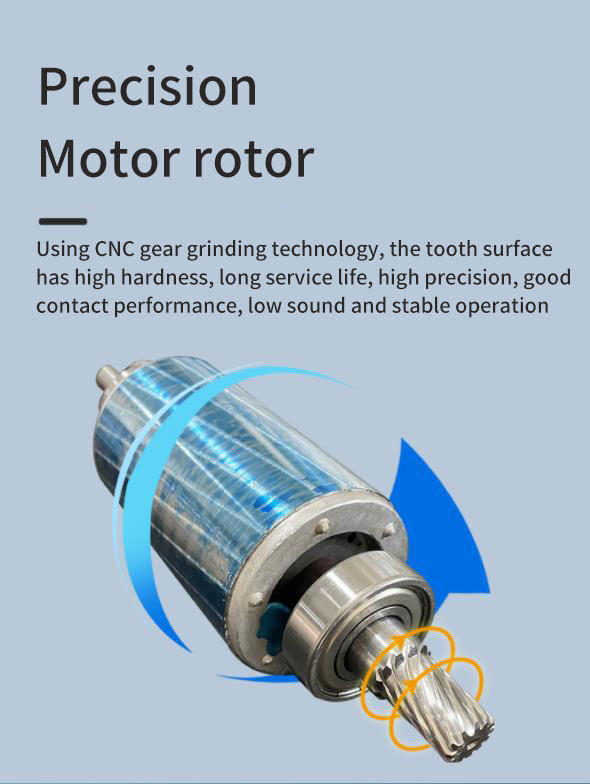
What are the characteristics of DC servo motor
In a DC servo motor there is a direct current (DC) with positive and negative terminals. Between each of these terminals, current flows in exactly the same direction. The inertia of the servo motor should be smaller for precision and accuracy. DC servos have fast response, which is achieved by maintaining a high torque-to-weight ratio. In addition, the speed characteristic of the DC servo should be linear.
With a DC servo motor, current control is much simpler than with an AC servo motor because the only control requirement is the current armature magnitude. Motor speed is controlled by duty cycle controlled pulse width modulation (PWM). Control flux is used to manage torque, resulting in reliable consistency throughout each cycle of activity.
DC servo motors tend to have greater inertia than squirrel-cage AC motors. This and increased brush frictional resistance are the main factors preventing their use in instrument servos. In small sizes, DC servo motors are primarily used in aircraft control systems where weight and space constraints require the motor to deliver maximum power per unit volume. They are typically used for intermittent duty or where unusually high starting torque is required. DC servo motors can also be used in electromechanical actuators, process controllers, programming equipment, industrial automation robots, CNC machine tool equipment, and many other applications of a similar nature.
A DC servo motor is an assembly consisting of four main components, namely a DC motor, a position sensing device, a gear assembly, and a control circuit. The required speed of a DC motor depends on the voltage applied. To control the motor speed, the potentiometer produces a voltage that is applied to one of the inputs of the error amplifier.


